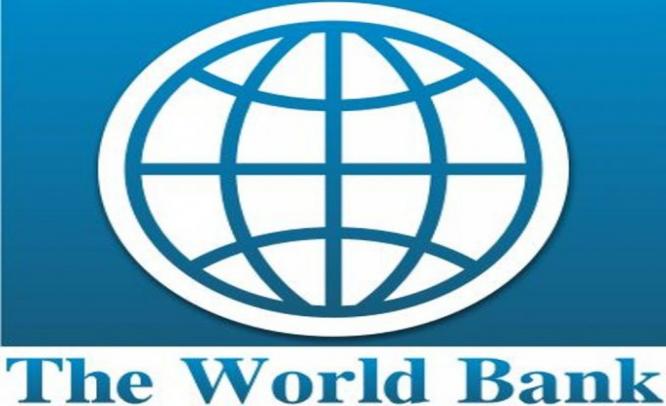Do you know that District Heating Company in Zajecar makes a loss of 50 percent?
Losses are also made in Knjazevac, Bor, Krusevac, Majdanpek, Pancevo, Leskovac, Cacak, Belgrade… By contrast, the same companies in Beocin, Pozarevac, Pecinci, Sremska Mitrovica, Uzice, or Velika Plana make a profit.
Do you know that the Water Company in Sjenica produces some 70 percent more water than it sells? This means that, either that much water leaks out of the system for lack of proper maintenance, or that much water is used by people who are illegally connected to the water supply network (experts call it non-revenue water). A similar situation exists in Novi Pazar, Raska, Becej, Bac and Svilajnac.
If some municipal utilities are doing well and others so poorly in Serbia, this points to major differences in efficiency. And, make no mistake about it: inefficiency is always paid for by either the direct consumer, or by the taxpayer, ultimately.
So, how come some of them make a loss, and the others have a profit? Well, the first thing to do is to compare all of them according to specific indicators. This is called “benchmarking”. One indicator in the water sector would be, for instance, the amount of non-revenue water as a percentage of total water processed by the utilities. Another would be tariffs which, across Serbia, range from 22 to 50 dinars per cubic meter. A third would be staffing levels: they range from two per thousand connections in Sjenica, Bac and Subotica to seven in Novi Sad and 13 in Leskovac! The amount of subsidies per connection paid from the Municipal budget could be another one. By the way, the biggest subsidies user is the Belgrade Transport Company (GSP).
The next step would be to publish a comparison of all utilities in the same sector (water, heating and such) using a standard selected set of indicators. Then the citizens should be informed how their local companies are performing compared to others. They would, hopefully, put the pressure on them or through the Municipal government to provide services more efficiently.
This brings us to another issue I wanted to highlight – citizens’ participation. I strongly believe citizens should be part of the decision making and monitoring process: from setting budgets to deciding what the public money should finance, to demanding “bang for the buck” from – inter alia – utilities funded by their taxpayers’ money.
In Vienna 8,500 people took part in 651, two-hour “Charter Talks” to define what the city needs to do. Talks were held in all sorts of venues: parks, schools, churches, companies, apartment buildings, etc. and moderated by two, city-trained but randomly assigned, moderators. Poznan has also made wide use of public opinion polls and survey instruments to help identify problems with public services and to prioritize investments. It has encouraged water and solid waste companies to do the same. The City has begun to set aside a small part of its budget to fund projects proposed by and voted on by the citizens themselves. The projects were reviewed by a five-person expert commission which selected 20 projects to be voted on by the public. Voting was conducted through the internet (45%); special stands distributed throughout the city (30%); and at the City Hall (25%). Five projects were selected for funding, including a hospice and a couple of bike paths, a temporary shelter for the disabled; and a family park.
Source:World Bank


